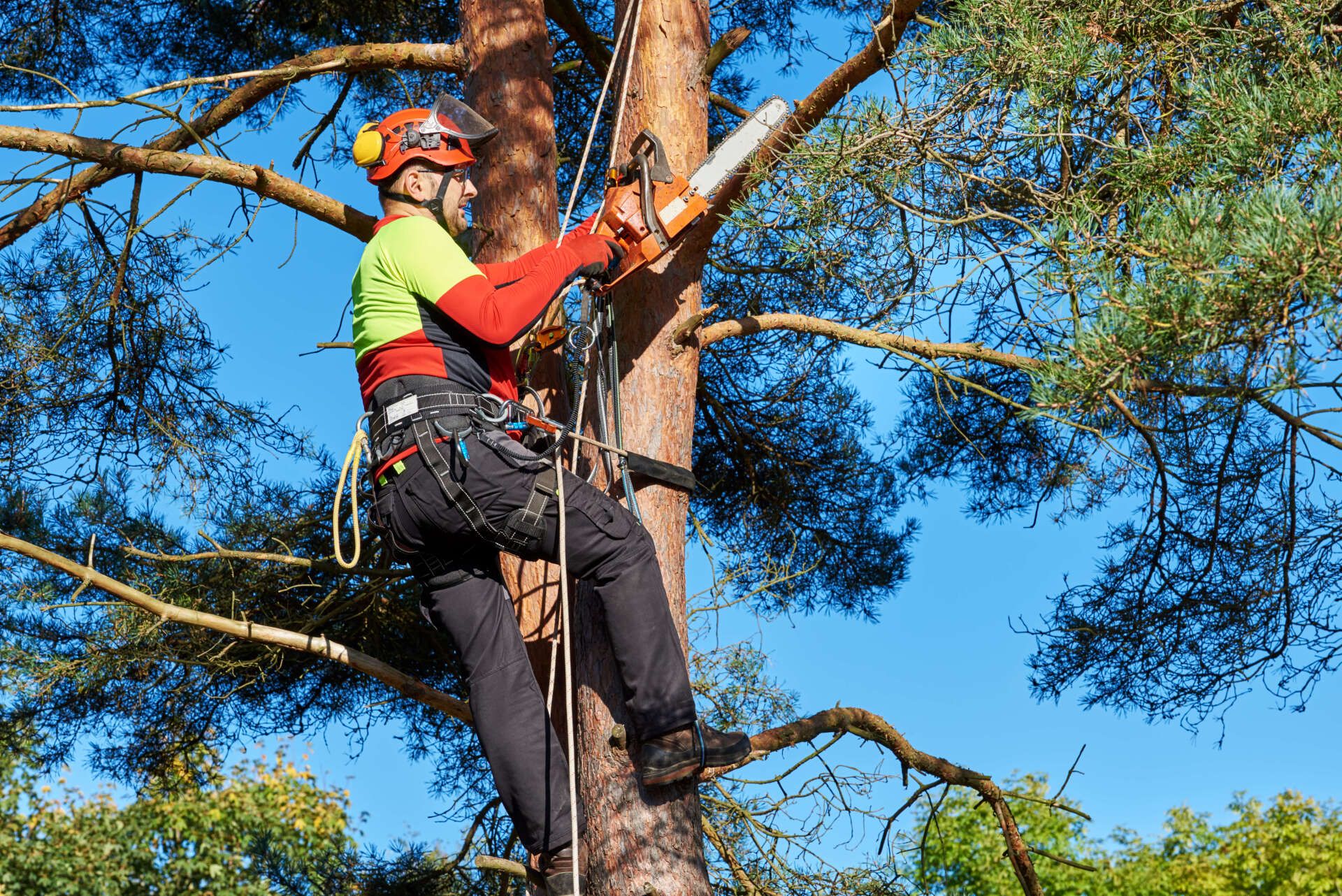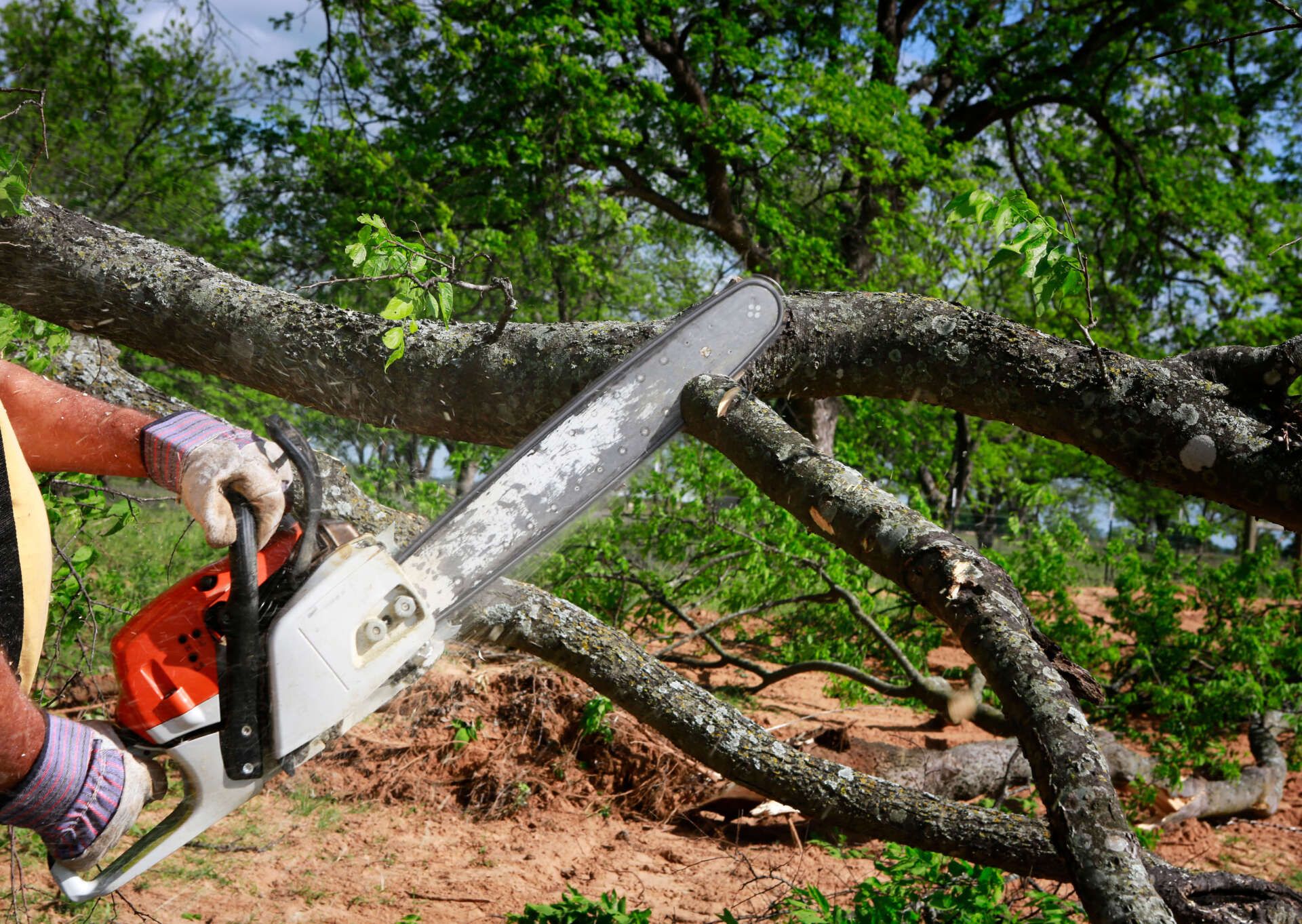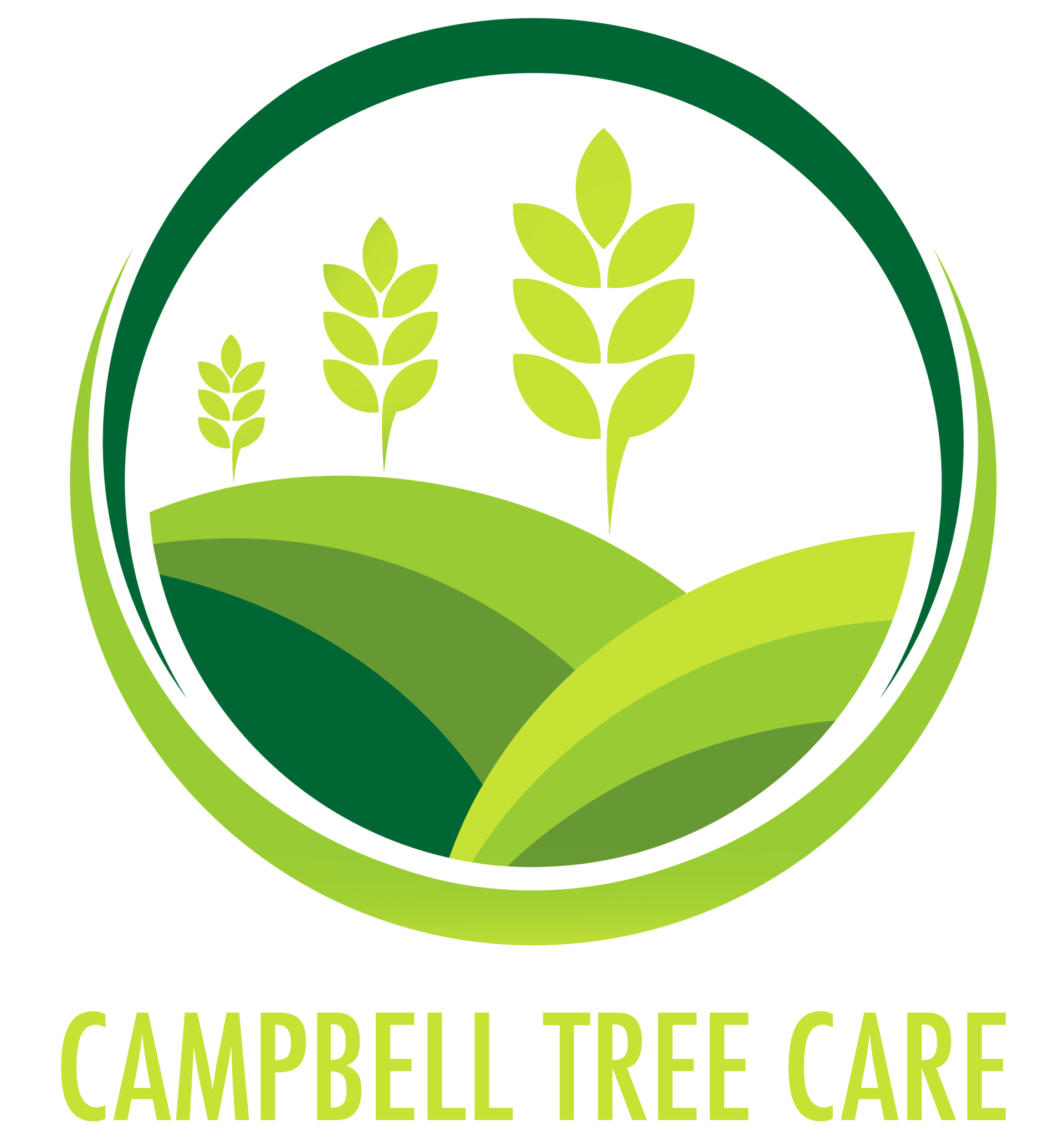Understanding Tree Root Systems: How to Avoid Damage and Improve Growth
Understanding tree root systems is crucial for maintaining healthy trees and preventing root-related problems. Trees are integral to our environment, providing shade, oxygen, and beauty. The tree root system serves as the foundation for the health of trees, stability, and longevity. Tree roots not only anchor the tree firmly in the soil but also absorb essential nutrients and water needed for growth. Furthermore, tree roots absorb oxygen, which is vital for root respiration and overall tree health. To thrive, trees need a robust root system that can effectively navigate the soil environment, avoid obstacles, and access resources efficiently.
However, to thrive, trees need a robust root system capable of adapting to various environmental conditions. Different tree species exhibit diverse root system structures; some have deep taproots that penetrate far into the soil, while others develop extensive lateral roots that spread out near the soil surface. Recognizing these differences is essential for proper tree planting and
maintenance. For instance, urban trees often face challenges like soil compaction and restricted root zones due to pavement and buildings. By understanding the complexities of tree root systems and implementing best practices, we can ensure that our trees remain healthy, resilient, and beneficial to our environment.
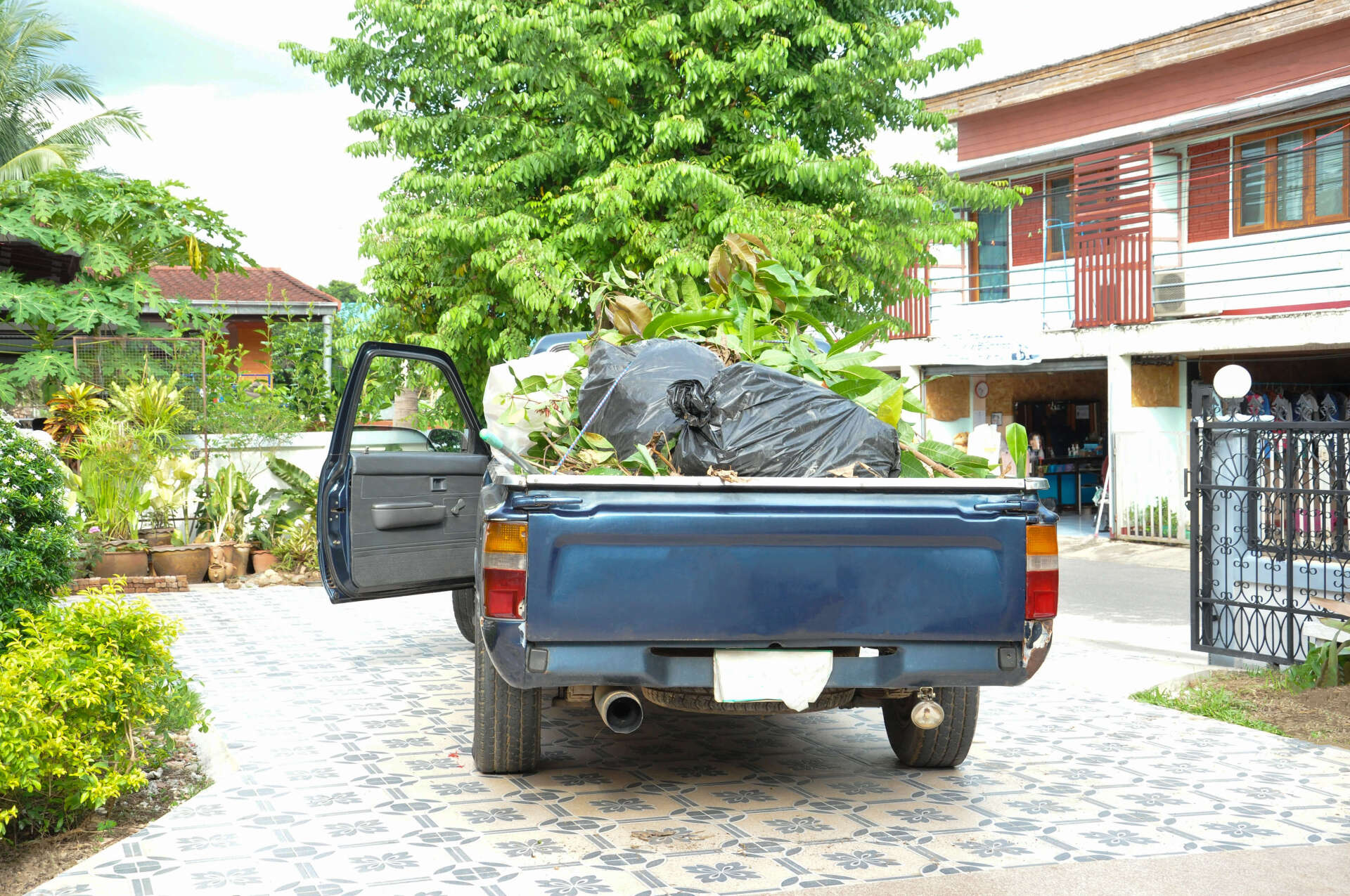
The Anatomy of Tree Root Systems
A tree's root system is vital for its stability, nutrient uptake, and overall health. Tree roots generally fall into two categories: woody roots and fine roots. Woody roots, also known as structural roots, provide the tree with stability by anchoring it firmly in the soil. These roots can extend several meters from the tree trunk, ensuring that even the deepest roots contribute to the stability of trees. Fine roots, or feeder roots, are essential for water and nutrient absorption. They are typically located closer to the soil surface and have a vast surface area, which allows them to efficiently absorb moisture and nutrients. Understanding these components is key to promoting adequate root development and ensuring a healthy root system that supports tree growth.
Proper root development also hinges on the environmental factors surrounding the tree. Soil compaction, for example, can severely hinder root growth by limiting the amount of oxygen available in the root zone, which is essential for healthy tree roots. Soil and plant health can be significantly improved by ensuring good aeration of the soil and avoiding compacted soil. Additionally, root barriers can be employed to cleverly prevent root spread towards structures and pavements, thus avoiding potential tree root problems. By focusing on improving root growth through better soil quality, moisture management, and appropriate planting techniques, we can cultivate healthier roots and, consequently, healthier trees. This approach not only supports the tree's immediate needs but also contributes to its long-term health and stability.
Types of Root Systems
1. Taproot System
Characterized by a primary root that grows deep into the soil, the taproot system provides strong anchorage, making it highly effective for the stability of trees. This system is common in young trees and some tree species like oaks and pines, where the taproot can penetrate several feet into the ground to access deeper soil layers. This deeper root growth allows trees to reach water reserves that are unavailable to other plants, which is particularly beneficial during dry seasons. However, as trees mature, the development of lateral roots may also occur, complementing the taproot and enhancing overall root system stability and nutrient uptake.
2. Fibrous Root System
Consists of many small roots spreading out from the base of the tree, the fibrous root system is highly effective at absorbing water and nutrients from the soil surface. This system is typical in grasses and many tree species, such as willows and maples. The extensive network of fine roots, or feeder roots, creates a dense mat that maximizes the root surface area for absorption. These roots are crucial for capturing soil moisture and nutrients, which are essential for the health of trees. Additionally, fibrous root systems are adept at preventing soil erosion, as the widespread roots help to hold the soil together. Unlike taproots, fibrous root systems tend to stay closer to the soil surface, making them more susceptible to root damage, which can hinder their effectiveness in supporting tree health and growth.
Importance of Healthy Roots
Healthy tree roots are fundamental to the health of trees, as they are essential for nutrient uptake, water absorption, and anchoring the tree securely in the soil. Roots grow and spread to find nutrients, water, and oxygen, with fine roots playing a crucial role in absorbing these resources. A healthy root system ensures that the tree can efficiently access soil moisture and nutrients, promoting overall tree health and stability. To maintain a healthy root system, it is vital to avoid root damage and ensure good root development. Practices such as proper planting techniques, soil aeration, and the use of plant growth hormones can significantly improve root growth, leading to healthier roots and, consequently, healthier trees. Protect Your Property and Trees - Book Our Professional Tree Care Services Today!
For urban trees, root systems are often confined by infrastructure, leading to issues like restricted growth. Urban environments present unique challenges for root health, including compacted soil, limited root zones, and potential root injury from construction activities. Soil compaction restricts root growth by limiting the oxygen available to tree roots, which is necessary for root respiration. Implementing root barriers can help direct root growth away from sidewalks and buildings, preventing root damage and ensuring a healthier root system. Additionally, ensuring proper soil structure and moisture management can help mitigate the adverse effects of urban conditions on tree root systems. By addressing these challenges and promoting healthier roots, urban trees can thrive despite the constraints of their environment, contributing to a more sustainable and green urban landscape.
Avoiding Root Damage
Root damage can significantly impact a tree's health and stability. Common causes of root damage include construction, improper planting, and soil compaction.
Tips to Avoid Root Damage
1. Proper Planting: Planting trees at the correct depth is crucial for ensuring the successful establishment and growth of the tree. The root ball should be adequately covered with soil, with the top of the root ball level with or slightly above the soil surface to prevent waterlogging and promote healthy root development. Planting too deeply can suffocate roots and lead to poor root health, while planting too shallow can expose roots to environmental stressors. It's also important to remove any burlap or wire from the root ball to prevent girdling roots. Proper planting techniques facilitate better root growth, allowing the tree's root system to expand naturally into the surrounding soil, enhancing stability and nutrient uptake.
2. Avoiding Soil Compaction: Compacted soil restricts root growth and oxygen absorption, which are critical for maintaining a healthy tree. Compaction occurs when soil particles are pressed together, reducing pore space and limiting the movement of air and water. Practices such as mulching, incorporating organic matter, and using aeration tools can help alleviate compaction. Proper soil structure supports a healthier root system by allowing roots to penetrate more deeply and spread out, thereby enhancing the tree's access to nutrients and water and improving overall tree health.
3. Using Root Barriers: Specialized root barriers can effectively direct the growth of root away from structures, preventing damage to foundations, sidewalks, and underground utilities while encouraging deeper root growth. These barriers are typically made from durable materials like plastic or geotextile fabric and are installed vertically around the area to be protected. Root barriers guide the roots downwards or laterally, promoting the development of a more robust and stable root system that is less likely to interfere with built environments. By managing root growth direction, root barriers help maintain the health and stability of the tree without compromising nearby structures. Additionally, these barriers can help prevent root-related problems, such as surface rooting and infrastructure damage, ensuring the tree remains healthy and well-anchored in its environment.
Improving Root Growth
Promoting healthy root growth is essential for tree stability and nutrient uptake.
Strategies for Enhancing Root Growth
1. Soil Quality: Significantly improving soil quality by incorporating organic matter is essential for enhancing soil structure and moisture retention, both of which are crucial for healthy root systems. Organic matter, such as compost or well-rotted manure, enriches the soil by providing essential nutrients and improving its texture. Moreover, organic matter increases the soil's water-holding capacity, ensuring that roots have a consistent supply of moisture. Enhanced soil quality supports deeper root growth, reduces compaction of soil, and fosters a robust and healthy root system that can better absorb nutrients and water, ultimately leading to healthier trees.
2. Root Barriers: Installing root barriers is an effective strategy to cleverly prevent root spread towards unwanted areas, such as building foundations, sidewalks, and underground utilities. Root barriers are physical or chemical barriers placed in the soil to direct the growth of root away from sensitive areas. These barriers help protect infrastructure from potential damage caused by invasive tree roots while promoting deeper root growth. Specialized root barriers can be made from materials like plastic or geotextile fabric and are typically installed vertically around the area to be protected. By controlling the direction of root growth, root barriers help maintain the health of trees and stability without compromising surrounding structures.
3. Soil Moisture Management: Maintaining adequate soil moisture is vital to support root health and prevent drought stress, which can severely impact a the health of trees. Consistent soil moisture levels ensure that roots can continuously absorb the water they need for essential physiological processes. This involves regular watering practices, especially during dry periods, and using mulch to conserve soil moisture and reduce evaporation. Soil moisture management also includes monitoring soil conditions and making adjustments based on environmental factors such as rainfall and temperature. By ensuring that the soil remains adequately moist, trees can develop a more resilient and extensive root system, which is better equipped to withstand drought and other stresses, leading to healthier, more vigorous growth. Ensure Your Trees Thrive - Schedule a Consultation with Campbell Tree Care Now!
Urban Trees and Root Management
Urban trees often face unique challenges due to restricted growing spaces and environmental stress. Ensuring these trees have enough space for their root systems to expand is crucial. Urban trees planted with sufficient root space and proper soil conditions are more likely to thrive. Consider the following:
1. Root Zone Expansion: Allow for a larger root zone when planting trees in urban areas.
2. Soil Compaction Prevention: Avoid compacted soil, which can hinder root growth and health.
Benefits of Healthy Root Systems
A healthy root system leads to healthier plant growth, improved the stability of trees, and enhanced resistance to diseases and environmental stress. Trees with well-developed root systems can better absorb nutrients and water, contributing to overall tree health. This robust root network, which includes both woody roots for structural support and fine roots for nutrient uptake, ensures that trees can access the necessary resources even in challenging conditions. Additionally, healthy roots enhance the stability of trees by anchoring the tree securely in the soil, reducing the risk of uprooting during storms or high winds. They also improve a tree's ability to resist diseases and pests by fostering a resilient and vigorous growth environment. Proper root development practices, such as maintaining soil moisture, and using root barriers, further support the health and longevity of the tree, leading to a more vibrant and sustainable landscape. Ensure Your Trees Thrive - Schedule a Consultation with Campbell Tree Care Now!
Conclusion
Understanding tree root systems and taking steps to avoid damage and improve growth are essential for maintaining healthy, thriving trees. Healthy tree roots are crucial for nutrient uptake, water absorption, and the stability of trees. Roots grow and spread to find nutrients, water, and oxygen, with fine roots playing a critical role in these processes. By using root barriers, we can direct root growth away from buildings, sidewalks, and other structures, preventing damage and encouraging deeper, more stable root systems. Additionally, implementing proper planting techniques ensures that trees are planted at the correct depth, with the root ball adequately covered with soil, fostering adequate root development from the start.
Ensuring proper soil conditions is another vital aspect of promoting robust root systems. Soil quality can be significantly improved by incorporating organic matter, which enhances soil structure and moisture retention, providing an optimal environment for roots to thrive. Avoiding soil compaction is also crucial, as compacted soil restricts root growth and limits oxygen absorption. Practices such as maintaining adequate soil moisture can support root health and prevent drought stress. In both urban environments and natural landscapes, these strategies help maintain healthy roots, which are the foundation of healthy trees, leading to better tree stability, growth, and resistance to diseases and environmental stress.
About Campbell Tree Care
Welcome to Campbell Tree Care, your trusted partner in comprehensive tree health services. With a steadfast commitment to arboriculture excellence, we specialize in a wide array of services, including precision tree pruning, meticulous hedge trimming, nutrient-rich mulching, stump grinding, and tree removal services. What sets us apart is our exceptional service and the dedication of our seasoned experts who bring years of industry experience to every project, ensuring that we deliver top-notch care and results for your trees.
Whether you're a homeowner looking to enhance your backyard oasis or a business owner seeking to maintain the green aesthetics of your commercial space, Campbell Tree Care has you covered. Our team is well-versed in both residential and commercial tree work, ensuring that your trees and shrubs are not only appealing but also thrive in good health. Staying at the forefront of the industry, we integrate the latest technology and advanced methods into our practices. From tree pruning techniques that promote optimal growth to utilizing top-notch equipment, we understand the nuanced art and science of maintaining landscapes, making us your go-to partner for all things tree care.
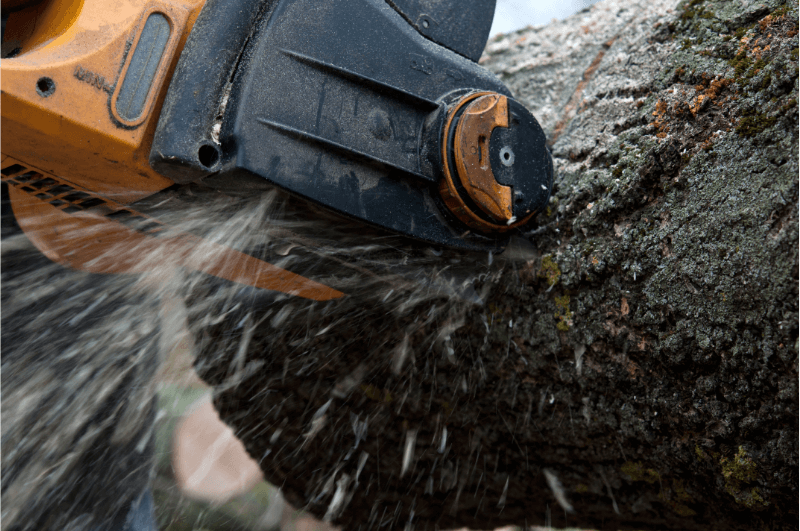
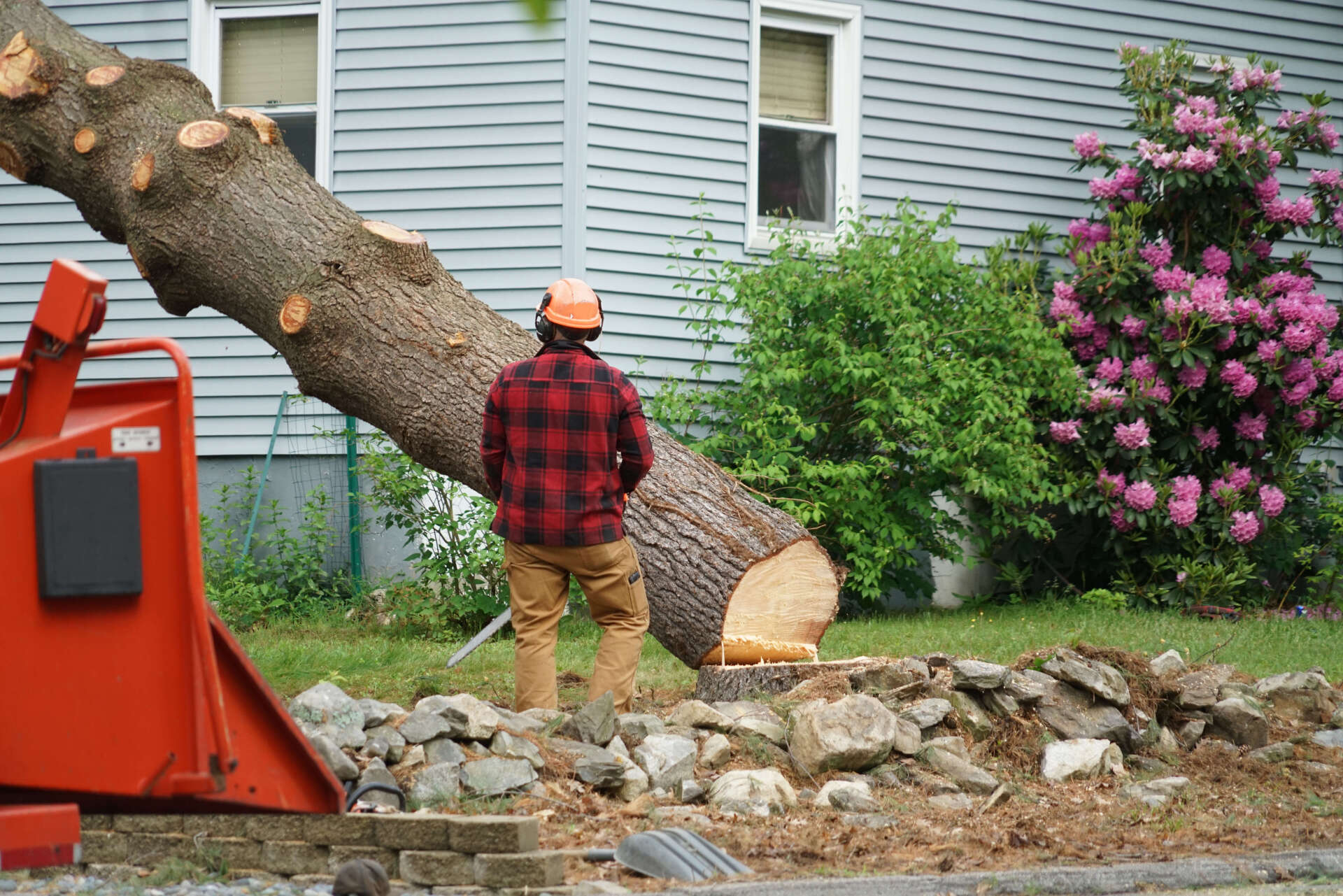
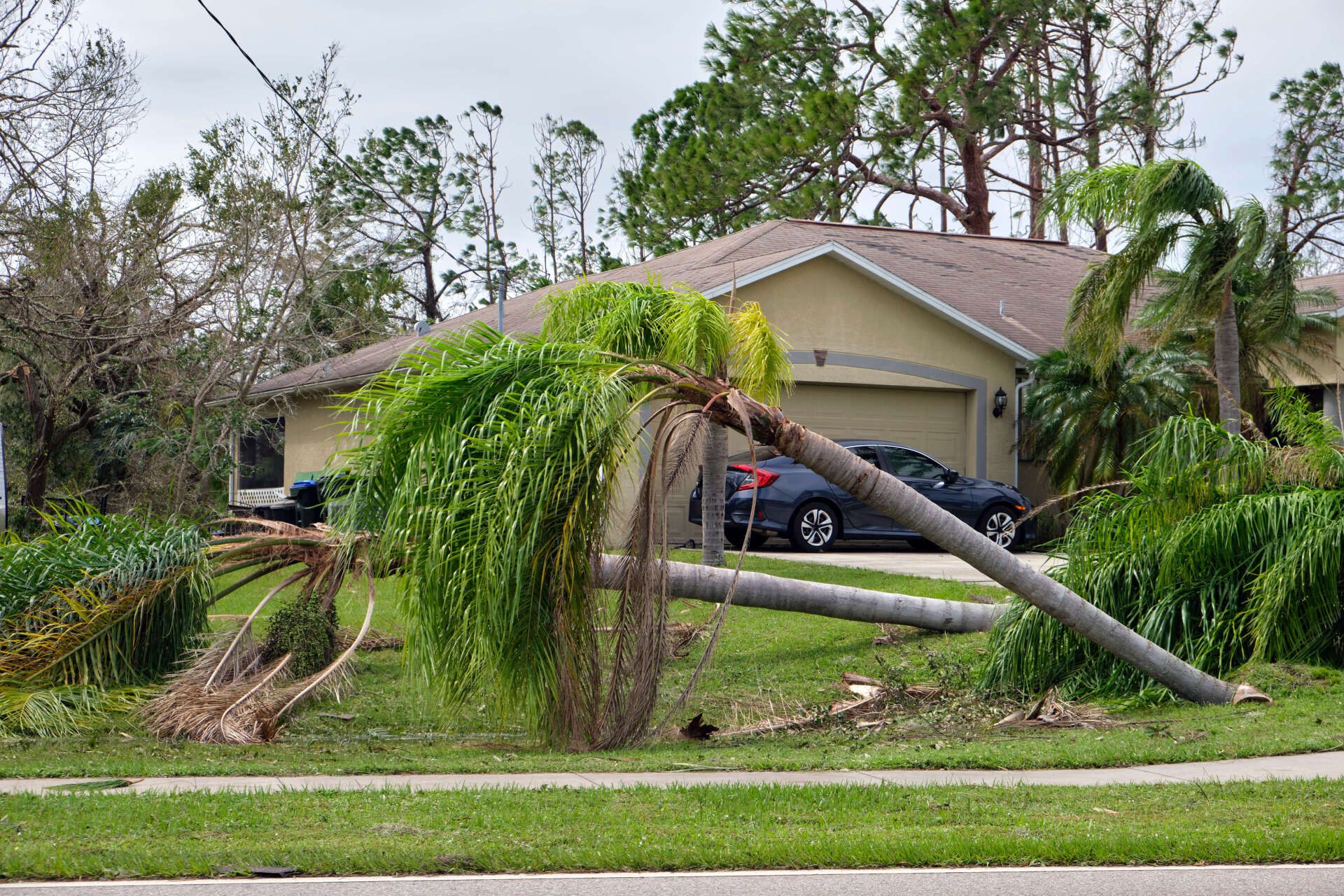
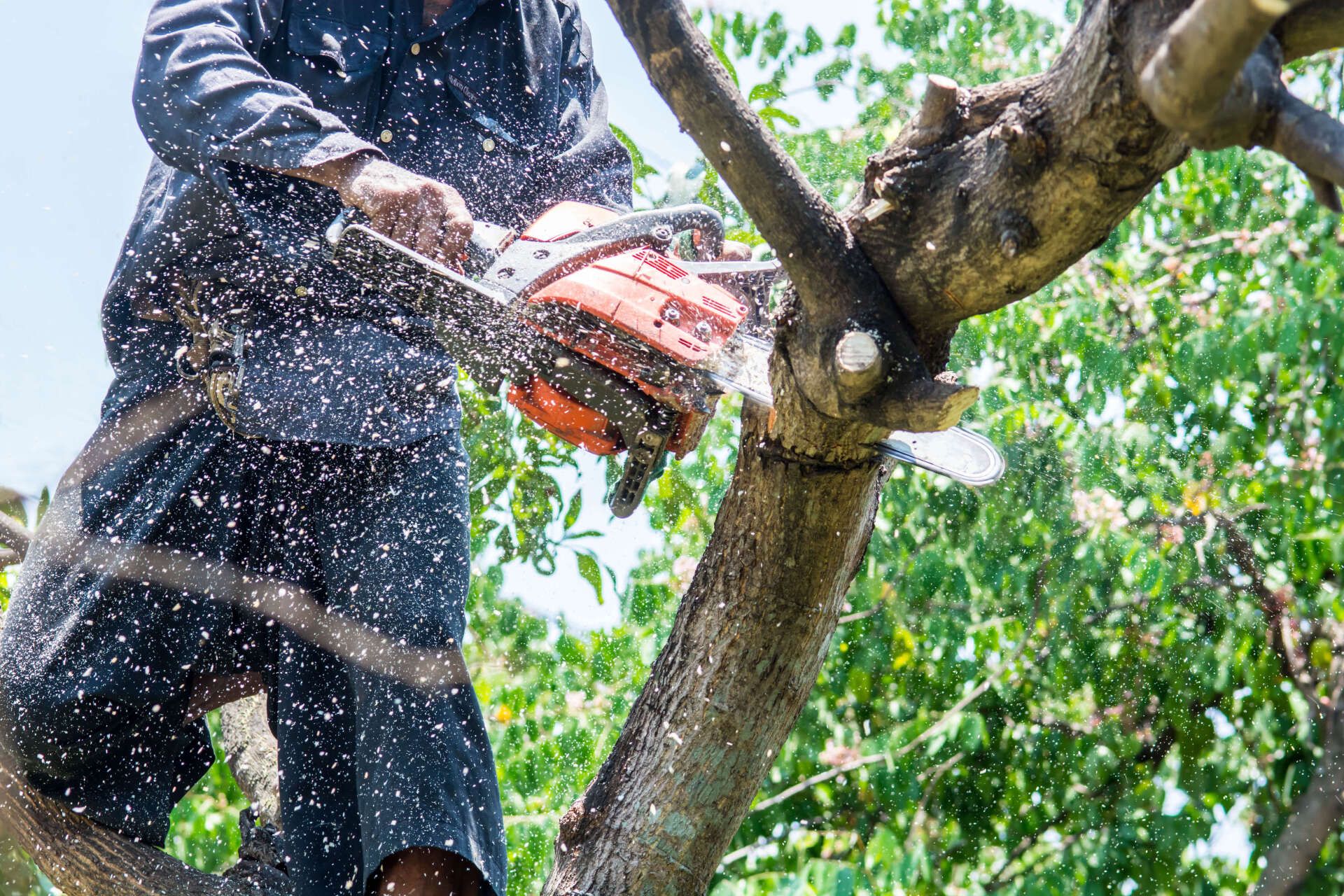
All Rights Reserved | Campbel Tree Care
Website & SEO By M.Z Digital




